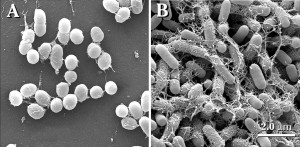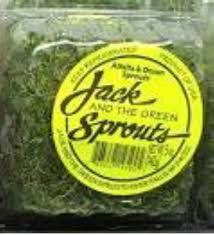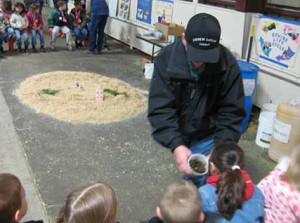A young mum dad and daughter, who nearly died after contracting E. coli on holiday in Egypt in 2012, are among holidaymakers who have won a massive pay out from Thomas Cook.
 Roxanne Barraclough was told by doctors that she was lucky to be alive after being admitted to a hospital with excruciating kidney pain following a family break.
Roxanne Barraclough was told by doctors that she was lucky to be alive after being admitted to a hospital with excruciating kidney pain following a family break.
Medics confirmed she had contracted deadly E. coli and, if left untreated, her kidneys could have ruptured.
Roxanne, 26, was one of 26 ailing tourists who suffered life-threatening gastric symptoms, after their stays at the Sindbad Aqua Park Hotel, in Hurghada.
Law firm Irwin Mitchell has now secured the group damages in excess of £100,000 from the tour operator to cover the holidaymakers’ pain and suffering and related losses.
Credit controller Roxanne, of Blackpool, Lancs, had noticed chicken sometimes served to guests at the four-star resort was undercooked and stopped eating it.
Just three days into their trip in July 2012, Roxanne, her partner Daniel, 24 and their seven-year-old-daughter Jessica fell ill.
Daniel’s symptoms continued two weeks after the young family returned home, with Jessica suffering for five weeks after the holiday.
 On their return Roxanne’s illness became so bad she went for emergency treatment at an A&E department, where she tested positive for E. coli and was quickly transferred to an infection control unit where she spent a week receiving treatment.
On their return Roxanne’s illness became so bad she went for emergency treatment at an A&E department, where she tested positive for E. coli and was quickly transferred to an infection control unit where she spent a week receiving treatment.
Doctors later told her that had she not received urgent medical care both kidneys could have ruptured.
A Thomas Cook spokeswoman apologised and said health and safety was treated with “the utmost importance”.
She added: “We know how important holidays are to our customers and how upsetting it can be when they fall unwell while overseas. We have been liaising closely with the appointed solicitor representing Ms Barraclough, as well as other customers who stayed at the hotel in 2012, and are pleased that we have reached an agreement to resolve this matter amicably with them.”










